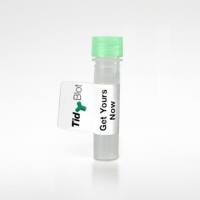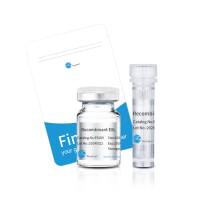Detection of Known Allergen-Specific IgE Antibodies by Immunological Methods
互联网
792
An increasing number of patients are suffering from allergic diseases such as rhinoconjunctivitis, atopic eczema, uticaria, anaphylaxis, and food and drug allergies. Although it is possible to measure a multitude of allergen-specific IgE antibodies by radio or enzyme immunoassays in the patients' blood, these tests are expensive, time-consuming, and usually need a rather high volume of reagent solutions (allergens and blood). Protein microarrays offer the possibility to circumvent these limitations. The described in vitro allergy testing system is based on microscopic glass slides activated with glycidyloxypropyl-trimethoxysilane. Allergen solutions (allergen extracts and/or purified allergens; approximately 10 nL) are printed on the activated glass surface with a piezoelectric spotting machine. The protein components of the allergen solutions are immobilized on the modified glass surface via hydrophobic interaction and/ or covalent binding. After a blocking step, the slides are incubated with the respective diluted serum sample (approximately 25 μL serum required) and bound IgE antibodies are detected with a secondary horseradish peroxidase (HRP) labelled anti-human-IgE antibody via chemiluminescence. The measurement can be performed automatically with the so called PASA system . Test results are directly visualized with a CCD-camera. Analytical and clinical data have shown that the microarray-based test format offers significant advantages in time and costs compared with traditional test formats. The described allergen microarray demonstrated a sufficient qualitative reproducibility and enabled the distinction between allergic and non-allergic patients. Detection limits of 0.35 kU/L (r Bet v1), 0.16 kU/L (PLA2 ), 1.9 kU/L (Der p1), and 41 kU/L (total IgE) were achieved.









